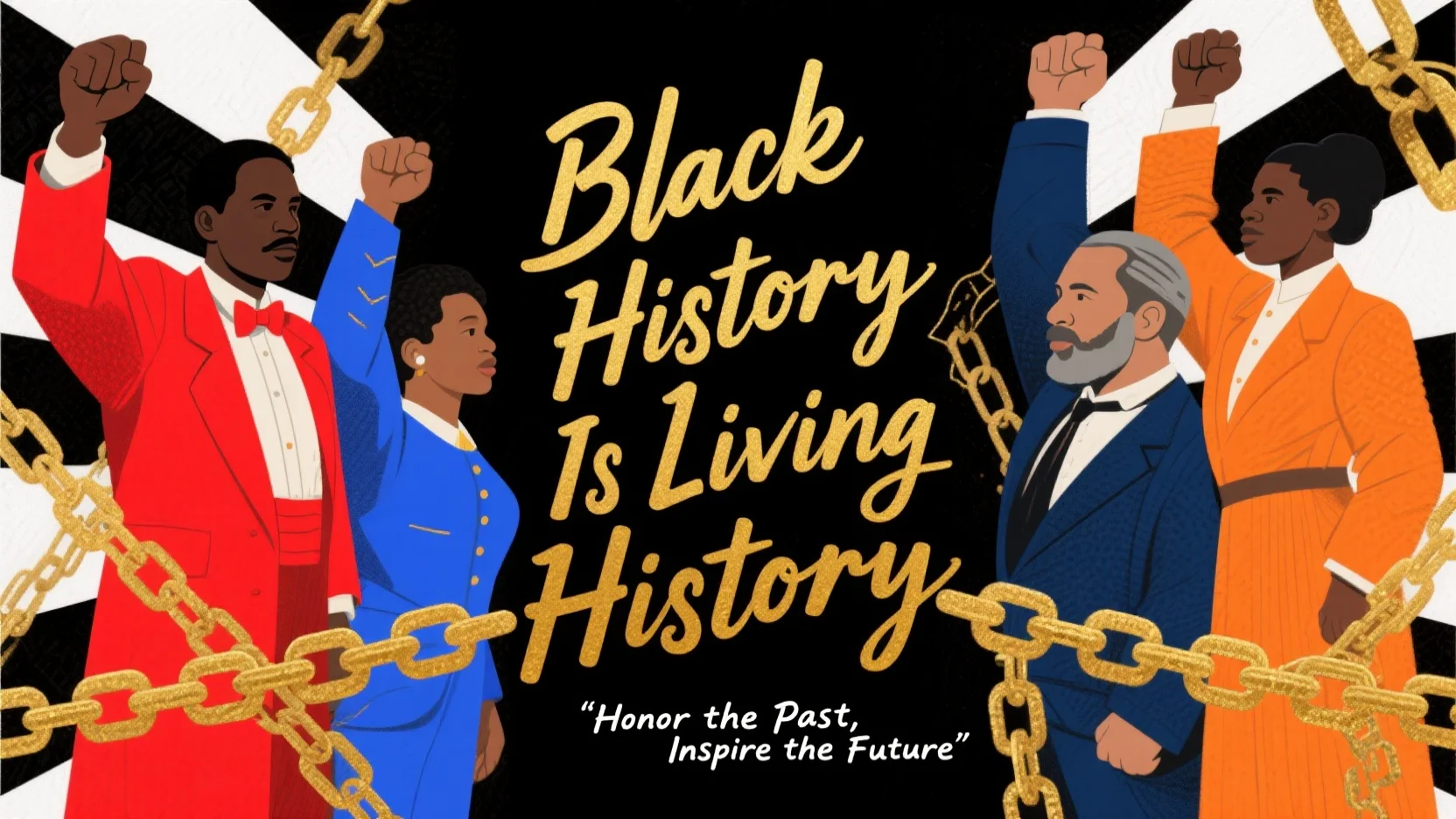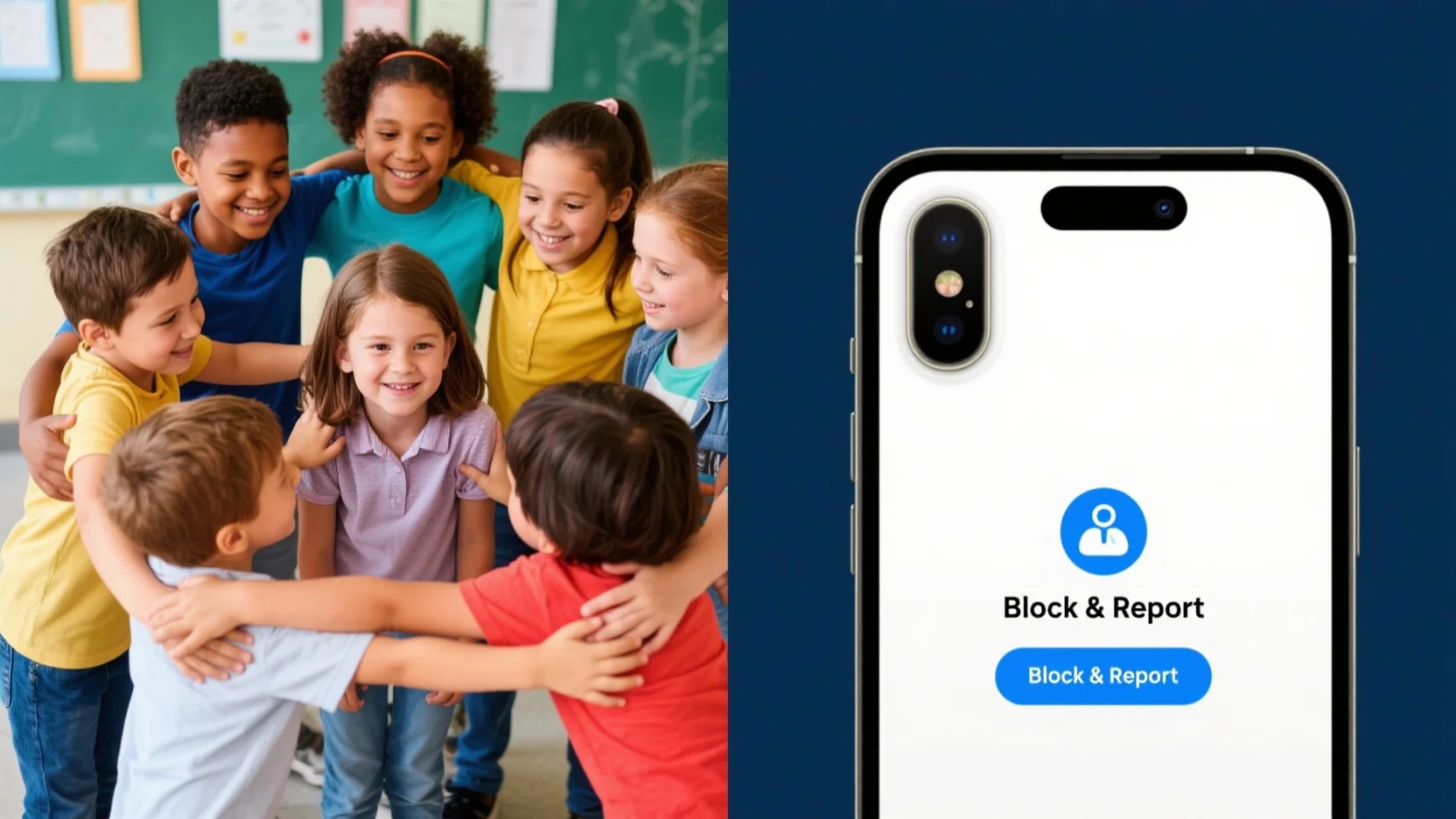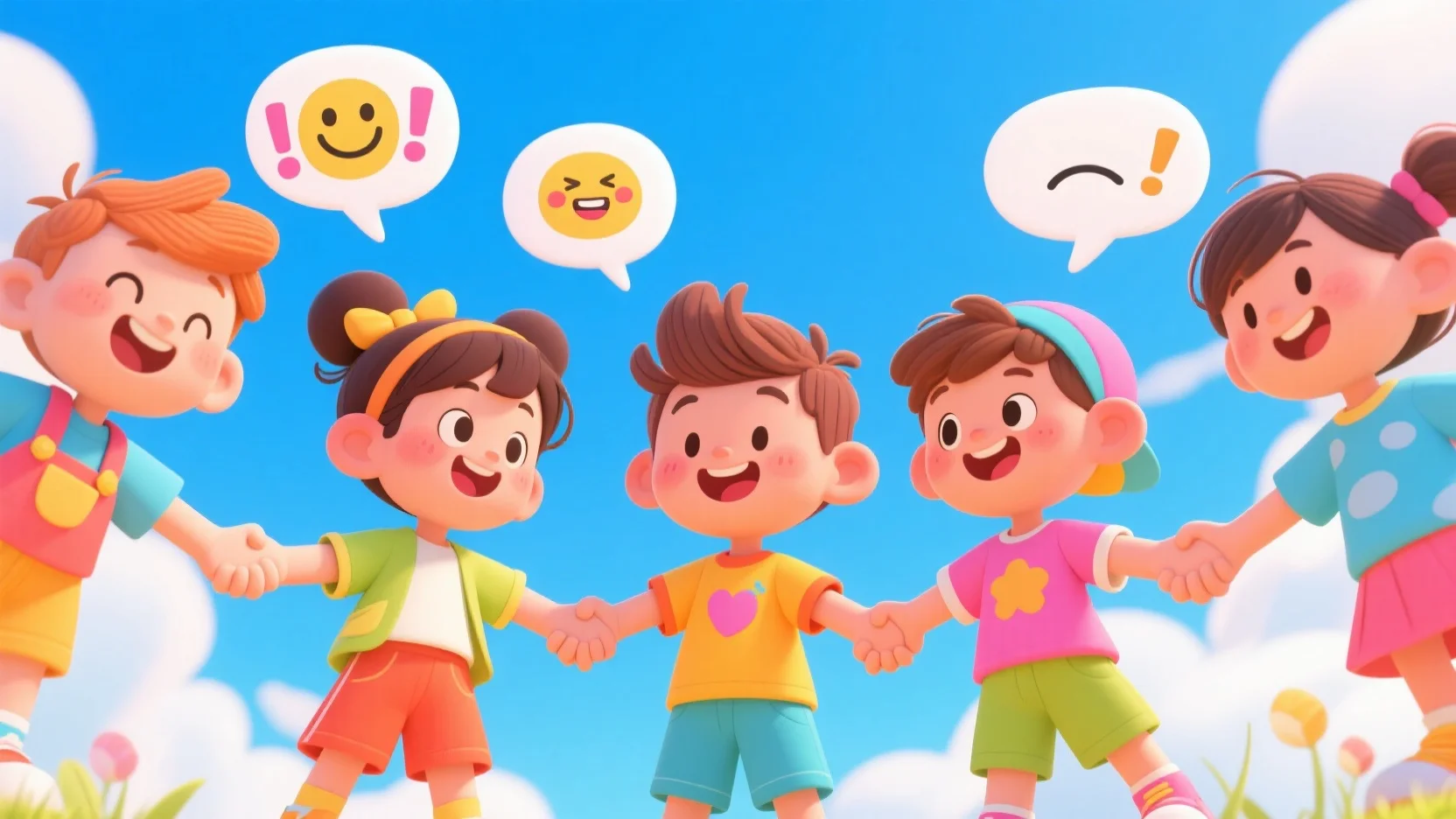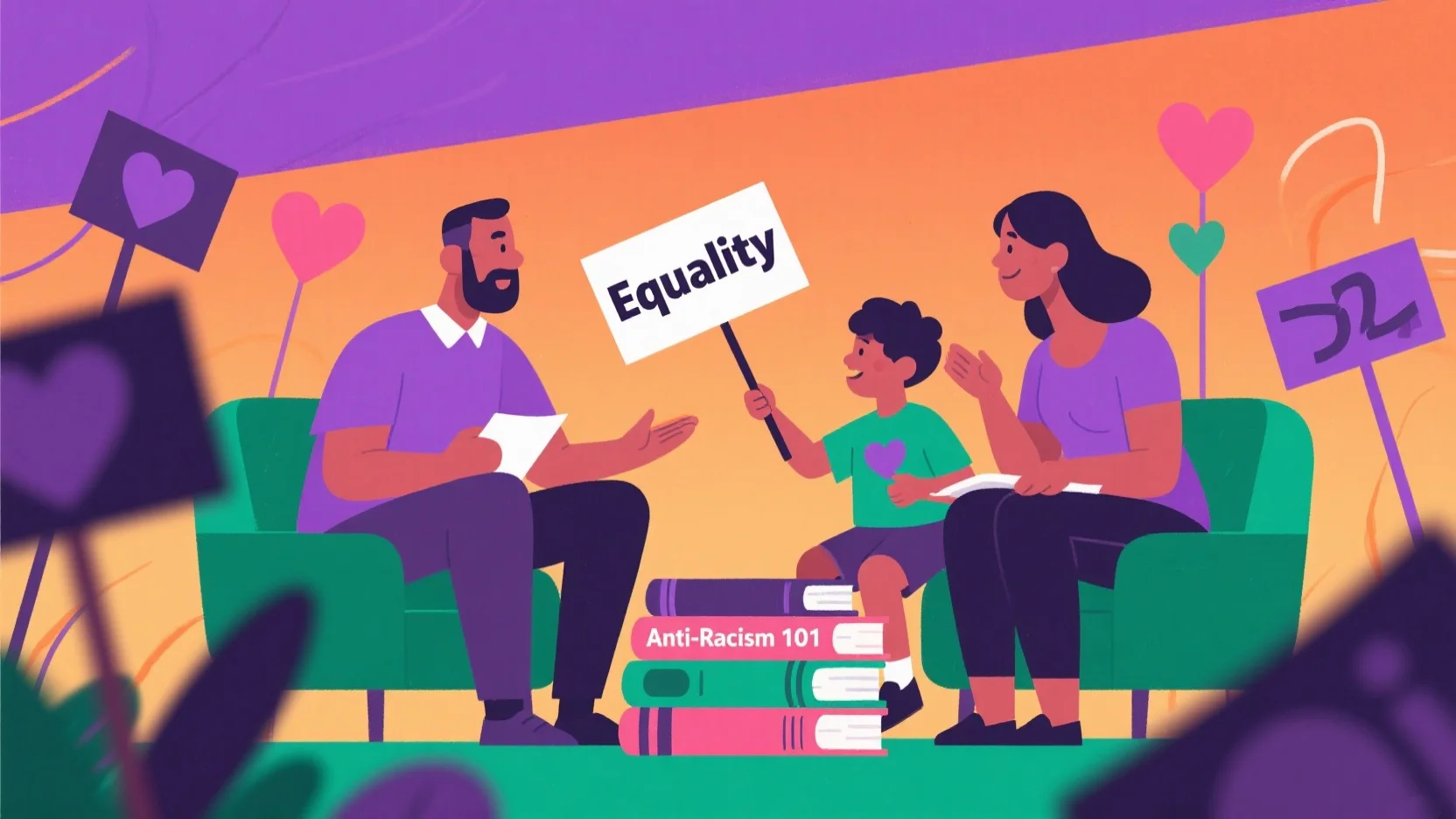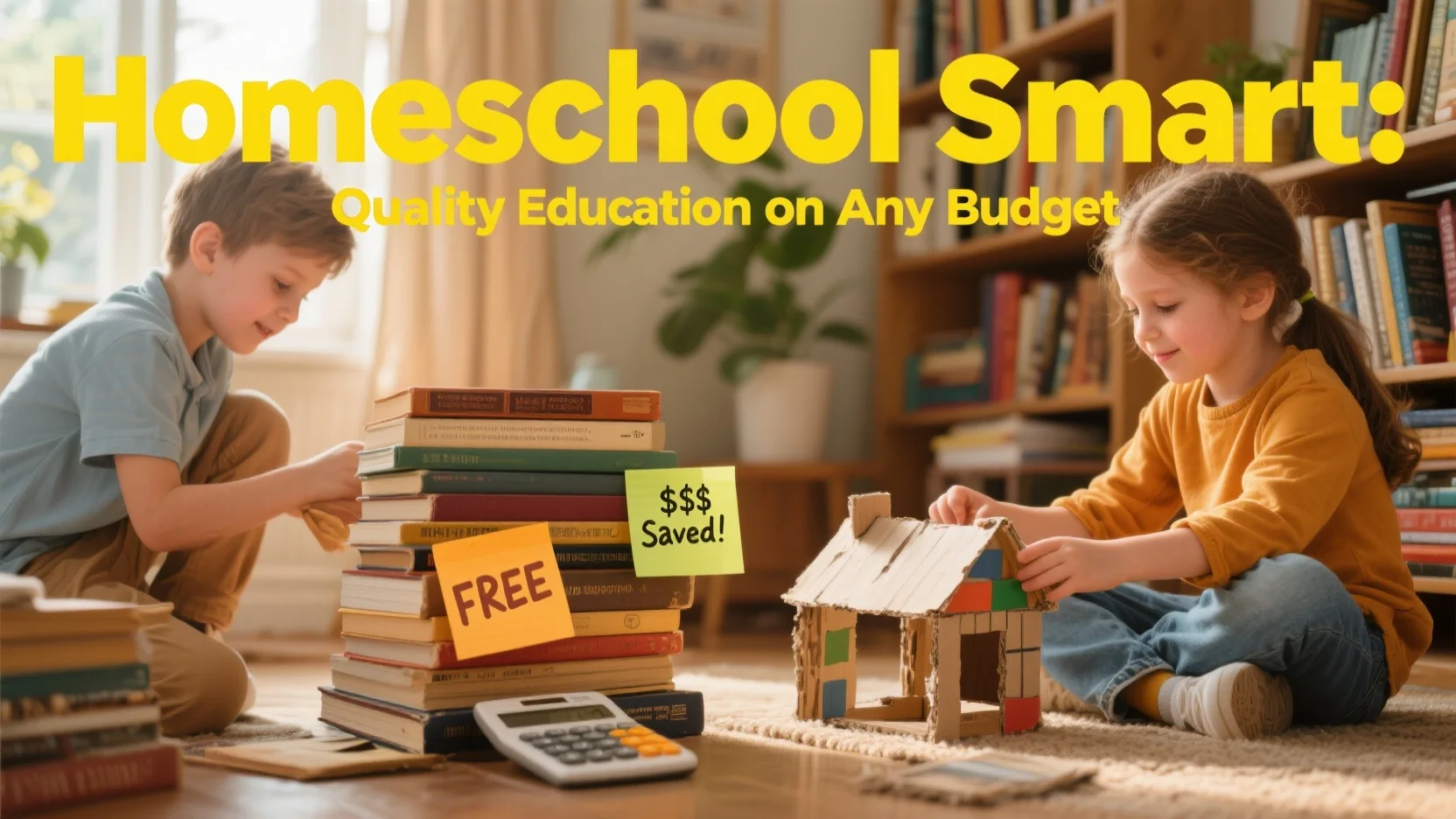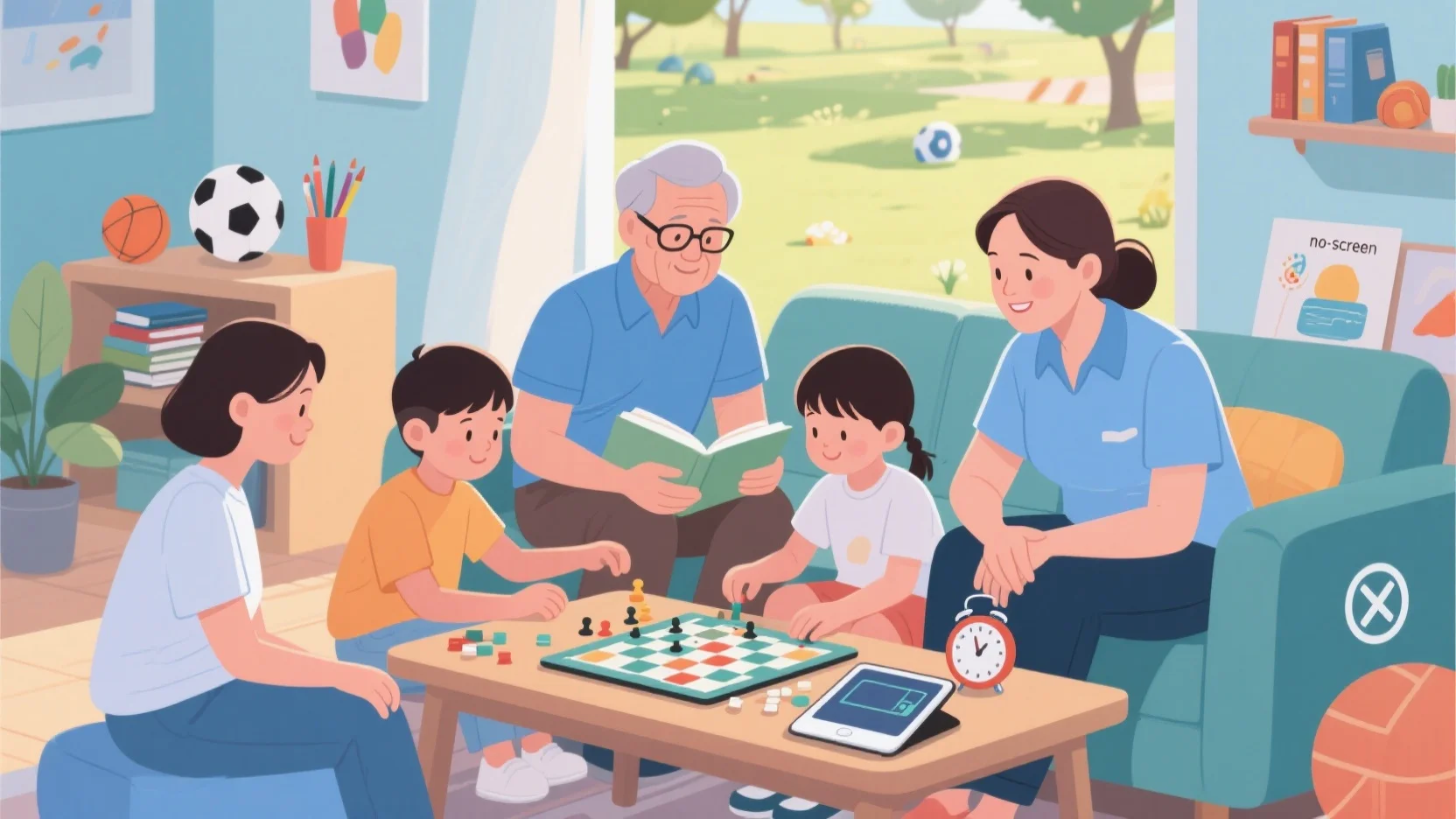Educational science TV shows do more than entertain—they ignite curiosity, inspire questions, and turn everyday moments into learning adventures. Here’s how these programs captivate young minds and foster a love for science.
1. Encouraging Questions & Exploration
🔹 How it works: Shows model the scientific method—asking questions, making guesses, and testing ideas.
🔹 Best examples:
- •Ada Twist, Scientist– A curious girl investigates everyday mysteries (like why socks disappear in the dryer).
- •Sid the Science Kid– Sid explores science through songs and experiments.
Why it matters:
✔ Teaches kids how to ask “why?”
✔ Turns ordinary moments (like baking cookies) into science lessons.
2. Making Complex Science Fun & Simple
🔹 How it works: Uses visual storytelling to explain tricky topics.
🔹 Best examples:
- •The Magic School Bus– Kids shrink to explore cells, blast into space, or dive into volcanoes.
- •Bill Nye the Science Guy– Breaks down physics and chemistry with cool demos.
Why it matters:
✔ Helps kids visualize abstract ideas (like gravity or DNA).
✔ Makes science feel exciting, not intimidating.
3. Connecting Science to Real Life
🔹 How it works: Shows how science is everywhere—in kitchens, parks, and even video games.
🔹 Best examples:
- •Emily’s Wonder Lab– Kids do at-home experiments (like making slime or rainbow milk).
- •Brainchild– Explores psychology, space, and tech in a fun way.
Why it matters:
✔ Kids start seeing science in daily life.
✔ Encourages them to experiment at home (safely!).
4. Inspiring Future Scientists & Problem-Solvers
🔹 How it works: Features real scientists, engineers, and inventors.
🔹 Best examples:
- •SciGirls– Real girls doing real science (building robots, studying wildlife).
- •MythBusters Jr.– Young scientists test crazy ideas (like “Can you cook an egg on a car dashboard?”).
Why it matters:
✔ Shows kids they can be scientists too.
✔ Teaches problem-solving and creativity.
5. Encouraging Environmental & Space Curiosity
🔹 How it works: Explores nature, animals, and space in kid-friendly ways.
🔹 Best examples:
- •Wild Kratts– Teaches animal adaptations through adventures.
- •Earth to Luna!– A girl explores space and physics questions.
Why it matters:
✔ Sparks interest in protecting the planet.
✔ Makes astronomy and biology feel magical.
Top Science Shows for Different Ages
| Age Group | Best Shows | What They Learn |
|---|---|---|
| 3–6 yrs | Sid the Science Kid | Basics of weather, plants, and the human body |
| 6–10 yrs | The Magic School Bus | Chemistry, physics, and space exploration |
| 10+ yrs | Brainchild | Psychology, technology, and social science |
How Parents Can Boost the Learning
✅ Watch together – Pause to ask, “What do you think will happen?”
✅ Try experiments – After Emily’s Wonder Lab, make a baking soda volcano.
✅ Visit science museums – Reinforce what they saw on Wild Krattsor MythBusters.
Final Thought: Science TV shows don’t replace real-world learning—they make kids excited to explore it. By mixing fun videos with hands-on activities, you’ll raise a curious, science-loving child!



